-
Posts
348 -
Joined
-
Last visited
-
Days Won
2
Content Type
Profiles
Forums
Resource Library
Events
Gallery
Blogs
Store
Community Map
Posts posted by 2996 Victor
-
-
Well now, its been a busy few days for me since I was last able to add anything here. Last Friday, I went into hospital for a long-anticipated hernia repair surgery. Since then, its been slow going and not surprisingly the recovery process is taking it's time. However, I've been doing a bit of reading, primarily in relation to signal boxes.
I've been referring to these two books:

First of all, I need to apologise to all those more learned souls than I for my assumption that many signal boxes used on the MGWR were of McKenzie & Holland origin. The Signal Box Register Volume 9 says quite clearly that these were primarily of Gloucester Wagon Co or Railway Signal Co origin. That the designs of the two companies are very similar is due to the GWCo's George Edwards resigning from their company and setting up the Railway Signal Co himself, taking his patents with him! The small locking-room windows on brick-to-floor cabins and the ornate bargeboards are quite distinctive once you know what to look for!
So although the Ratio GWR Highley Signal Box kit could be adapted, I think a scratch-build is more likely, although I'm wondering how to achieve the bargeboards neatly and consistently. Perhaps laser-cutting is a possible answer.
John @Mayner has posted the following thought-provoking post on @Jb1911's Irish models and availability thread https://irishrailwaymodeller.com/topic/11347-irish-models-and-availability/?do=findComment&comment=175977.
While I'm still leaning toward the idea that Mount Bellew was promoted as a branch-line from the outset, I'm thinking once again about style of architecture. I'm wondering whether it would be fair to suggest that the MGWR board had a greater input/influence over the Balfour lines than the Baronial light railways, inasmuch as the styles of buildings was concerned? I'm probably reading far too much in to this.....
Onward!
Cheers
Mark-
 1
1
-
-
-
Hi Ken,
I realise this is a bit of a thread resurrection but I've just read this through: this is some truly exceptional modelling and the finished TT looks superb.
Thanks for sharing your technique.
Cheers,
Mark
-
 2
2
-
-
42 minutes ago, Georgeconna said:
Oh had that Myself a year ago, Never forget the pain, Told Keyhole and ended up with 19 Staples!! Take it easy bud!!
Ouch! Hope it's all sorted now?
So far, so good for me, although I reckon I'll know all about it tomorrow when the bruising starts to come out.....
Cheers,
Mark
-
Just been catching up with this: absolutely amazing architectural modelling! Please keep the pictures coming

Cheers,
Mark
-
 1
1
-
-
2 hours ago, 2996 Victor said:
Many thanks!
 I've had the surgery and I'm in recovery. Seems very odd not having a tennis ball-sized thing where my navel should have been
I've had the surgery and I'm in recovery. Seems very odd not having a tennis ball-sized thing where my navel should have been 
Cheers,
Mark
And home again!

Cheers,
Mark
-
 1
1
-
-
2 hours ago, Galteemore said:
Best wishes for the recovery Mark. Looks good on the building front. How did you get the brickwork looking so good?
Many thanks!
 I've had the surgery and I'm in recovery. Seems very odd not having a tennis ball-sized thing where my navel should have been
I've had the surgery and I'm in recovery. Seems very odd not having a tennis ball-sized thing where my navel should have been 
Cheers,
Mark
-
 3
3
-
-
2 hours ago, Georgeconna said:
Nice work, Are the Walls in Card? Looks Very Convincing!
Hi George,
The walls are laser cut MDF from Fair Price Models on eBay - a bit of a cheat but the capping stones are a useful touch.
I'm making lots of use of Fair Price's laser-cut kits: they're cheap as chips and go together really well. They make a great basis for detailing.
Cheers,
Mark
-
 2
2
-
 1
1
-
-
6 hours ago, Mayner said:
I am probably as obsessed about authentic/plausible buildings and structures as JHB is about correct liveries. Wilkinson seems to have operated a major architectural practice from the mid 1830s to the mid 1880s primarily Government work designing Workhouses and Mental Asylums, his railway work seems to have dried up in (as money dried up?) the mid 1860s.
Hi John,
Many thanks for your post - lots of great info to digest there. I suppose I'm of much the same frame of mind: plausibility backed up as far as possible with the correct style of buildings for the railway company and the locality.
The two scenarios you've put forward are both interesting and each have their own merits. I had been thinking along the lines of a Baronial light railway and that's the way I'll probably go - I need to re-read Padraig O'Cuimin's book! I'm keen to make sure that the railway structures are in the correct MGWR "house colours".
Many thanks again, it's really appreciated.
Best regards,
Mark -
The garden walls for the back of Prospect Row have been re-done, and even have natty little capping stones
 The gaps scale at 3' to allow for gateposts and 2'-6" wide gates. The walls will get a bedding-in in due course and the gardens/yards will be most probably flagged; the gap between the dividing wall and the sculleries will need to be addressed!
The gaps scale at 3' to allow for gateposts and 2'-6" wide gates. The walls will get a bedding-in in due course and the gardens/yards will be most probably flagged; the gap between the dividing wall and the sculleries will need to be addressed!
And there I have to leave things for a while: I'm going into hospital for a hernia repair, so I'll be taking it easy for a few days!
Thanks for looking in.
Cheers,
Mark-
 6
6
-
-
9 minutes ago, David Holman said:
Always something rather satisfying about drawing plans out full size and there is a nice, spacious look to it.
Looking forward to this stage! I've got my roll of lining paper ready.....

Cheers,
Mark-
 1
1
-
-
1 hour ago, Mayner said:
The other point to consider is that there was no longer a need for impressive architecture (to demonstrate the railway was a good investment) once the MGWR completed its trunk routes by the 1860s, the company preferred to sit back and let local companies or the Government take on the risk of building branch lines and secondary routes. Apart from the Great Northern and Western (Athlone-Westport & Ballina) the majority of these companies struggled to raise capital and cover their operating expenses, buildings tended to be plain in nature built from local materials generally coursed random stonework with brick rather than stone quoins and detailing used in earlier construction.
Ballywillan Cavan Branch, stone quoins and detailing.
Athboy brick quoins and detailing window and door openings, brick chimneys.
Its likely that Mount Bellew station buildings would have been close in scale to Athboy, Kingscourt or Killeshandra as they were similar sized towns in the late 1800s, Loughrea and Ballinrobe are considerably larger towns.
Excellent point, John, and one I hadn't considered. Oddly enough, I'd been looking at Ballywillan station buildings earlier on, thinking that the goods shed was of a reasonable size suitable for Mount Bellew and incorporating the distinctive Wilkinson circular and semi-circular windows. I suppose its a bit unlikely that he would have done the designs for a minor company building a branch line, though.
-
Many thanks John @Mayner, that's excellent info: the trick then is not to mix up the house "styles" of the different architects/contractors.
Best wishes,
Mark
-
5 minutes ago, Garfield said:
No problem!
Yes, those windows were found elsewhere, and are still evident on the goods shed in Longford, which was a larger MGWR type:
Brilliant, thank you! Now to find some plans....!
 5 minutes ago, jhb171achill said:
5 minutes ago, jhb171achill said:Yes. Semi-circular too, on quite a few goods sheds. Several on the Clifden line too.
Excellent, thank you - a closer look at Rails through Connemara is called for!
Cheers,
Mat
-
 1
1
-
 1
1
-
-
3 minutes ago, Garfield said:
There were larger sheds built from cut stone, not strictly standardised but there were many similarites between them. The sheds at Dromod and Multyfarnham, for example...
Multyfarnham: https://www.buildingsofireland.ie/buildings-search/building/15304024/railway-house-rathganny-multyfarnham-westmeath
That's brilliant, thank you! The circular windows on the Dromod shed are intriguing: was that a feature found elsewhere?
Cheers,
Mark
-
49 minutes ago, jhb171achill said:
If you wanted a small goods shed, the little red brick ones used on the MGWR at many locations would a suitable model and easy to make. They had a standard design though varying details. The ones at Attymon & Dunsandle spring to mind but there were loads more of the type. From memory they were usually about 18 feet X 12 feet or thereabouts.
Did the MGWR have a standard design goods shed that was larger than that?
Regards,
Mark
-
Here's the current state of play with the track layout. I've got a tandem three-way point in for access to the goods shed and cattle pen sidings in order to keep the majority of the point work on one board, or at least not straddling a joint. Also, the loco and carriage shed roads are only roughed in.
The rectangular outlines are the baseboard outlines at 1.2m x 0.9m. I may try a bit of width compression as that's really a bit wider than I'd ideally like, but at the same time I want the layout to have a spacious feel to it.
Question time. Was a wall at the rear of the platform, to keep the goods shed road "safe", a common feature?
Thanks as always for looking in: any comments or suggestions will be most welcome.
Cheers,
Mark-
 3
3
-
-
3 minutes ago, Galteemore said:
He dismissed the MWs as ‘dreadful old things with long funnels’!
By that time they were pretty much worn out - only Lew found a buyer and supposedly went the South America. What an excellent descriptive phrase, though!
Cheers,
Mark
-
12 minutes ago, Mike 84C said:
Well Mark, you had some lovely weather, the L&B has potential to be a fantastic railway and not so much competition in that corner of Devon. I rather like Lynn, for me its a much more attractive loco than the Manning Wardles. They look like a lot of loco with not much boiler but they have their admirers.
Mic
Hi Mic,
Yes, we were extremely lucky with the weather, to the point of ending up slightly sunburned!

Lyn was certainly the most versatile and capable of the locos: the Mannings were a bit underpowered, I believe.
I think the Mannings were far more attractive in their early form:

but the arrangement of the cab side sheets and spectacle plate apparently trapped exhaust steam and caused visibility problems for the crew! The rebuilt cabs look a bit "laid back" to my eyes!
Cheers,
Mark
-
 2
2
-
 1
1
-
-
2 minutes ago, Mike 84C said:
I have a 4mm scale Bat to build, if it looks as good as your 7mm Bat I'll be happy. A first loco? it looks fantastic.
.....hope you'll be doing a build thread?

Cheers,
Mark
-
 2
2
-
 1
1
-
-
-
10 minutes ago, David Holman said:
Would love to do the Swilly in 7mm scale
4-8-4T, now that would be something in 7mm!!!
-
 1
1
-
 2
2
-
-
Just a thought, but this arrangement on the West Somerset Railway at Blue Anchor could possibly be adapted

The whole scene is looking fabulous, if I may say so! I just hope I can pull off a similar result when I get building..... Your approach to the backscene and how it melds into the three-dimensional scenery is masterful.
Thanks for sharing,
Mark
18 minutes ago, Mike 84C said:That looks really first class David, I'm looking hard to see the join!!! And I failed! Please can I come and you know, operate your railway, one day?
I can only hope the back scene for Bantry turns out as well as yours, I live in anticipation!
Can we arrange a rota?
-
 1
1
-
 1
1
-
-
I've had a few kits and bits arrive this week which may see the start of a few buildings for Mount Bellew.
First up are a couple of Ratio GWR signal box kits, one of the Severn Valley Railway Highley 'box and one of the generic "ground level signal box", both of which bear a good likeness to the McKenzie & Holland MGWR cabins. A scratch-built locking room will be needed though, as the Irish cabins seem to have much smaller windows.
I've also received some more "scratch-aid" low-relief house kits such as I'm using on my Lynton & Barnstaple Railway OO9 micro layout, as I think they'll fit in well with an appropriate finish.
Which brings me to station building, goods shed and locomotive shed plans. I believe the MGWR had standard designs? Some station building plans are in Shepherd's book, but are there any plans available for the major buildings I've mentioned? Suggestions, please, but keep it polite!
Cheers,
Mark
.png.c363cdf5c3fb7955cd92a55eb6dbbae0.png)



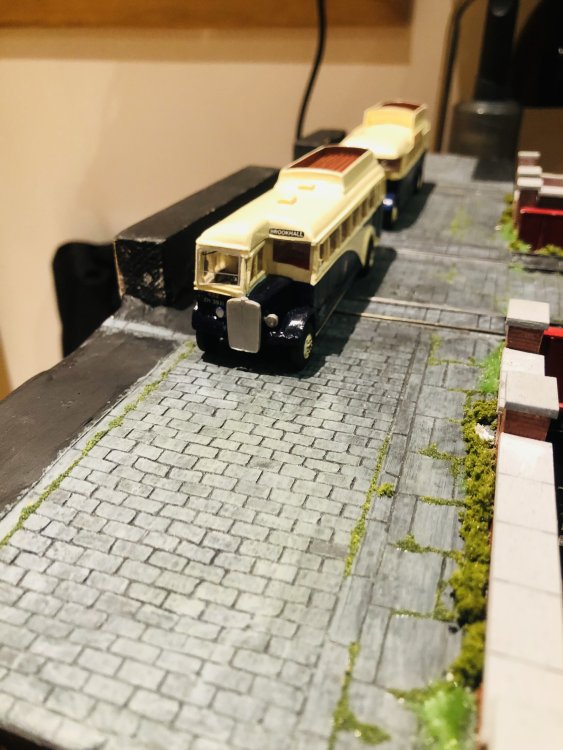

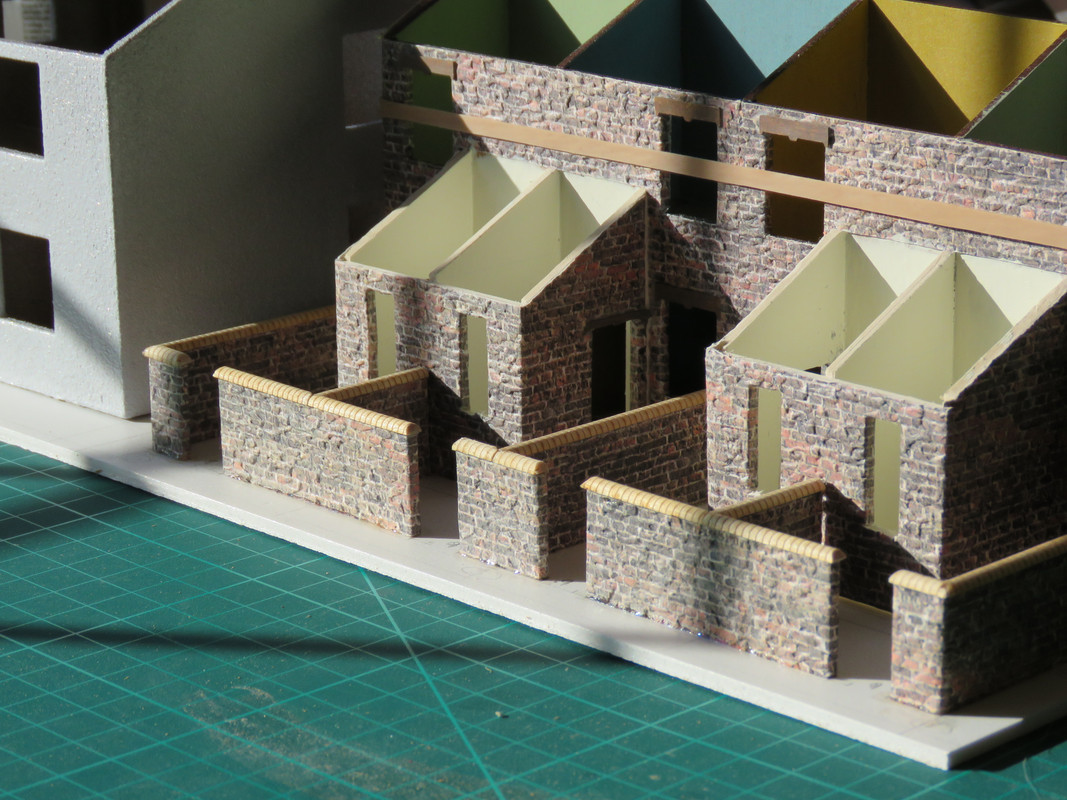
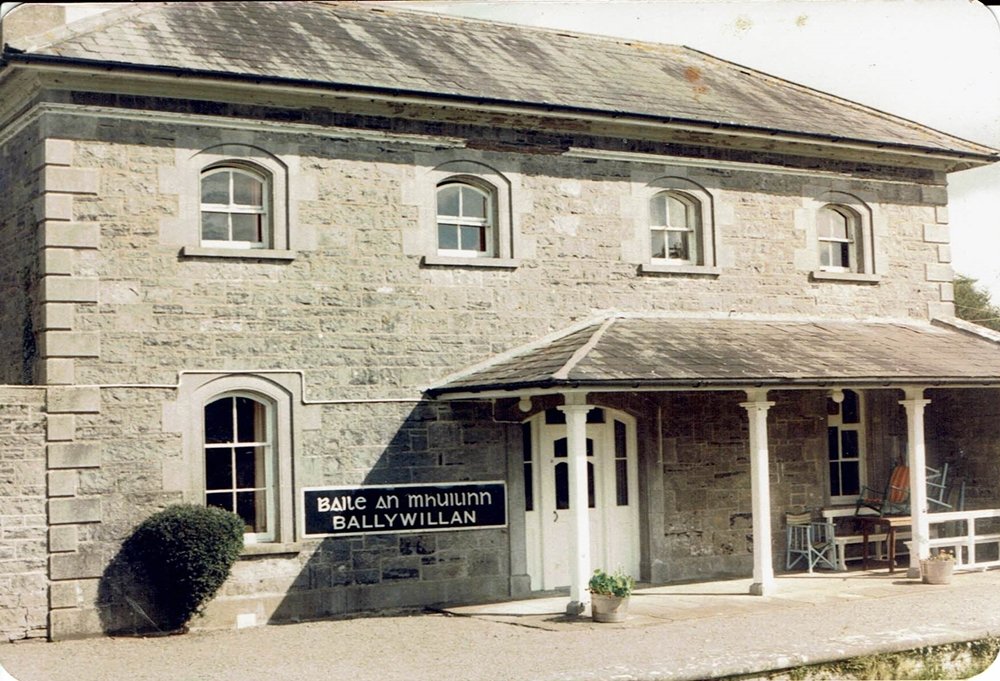
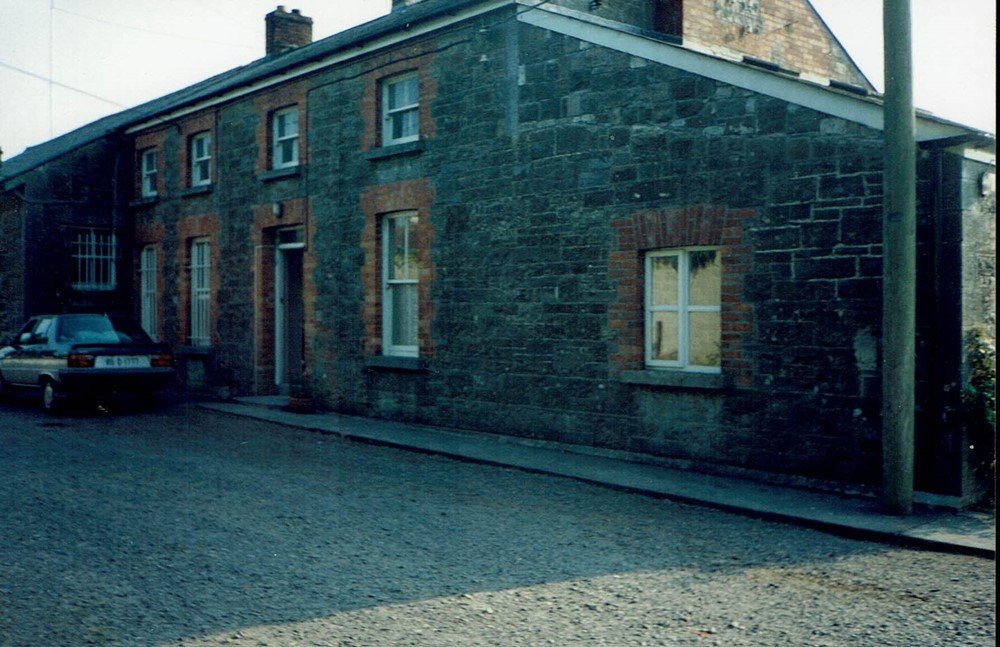



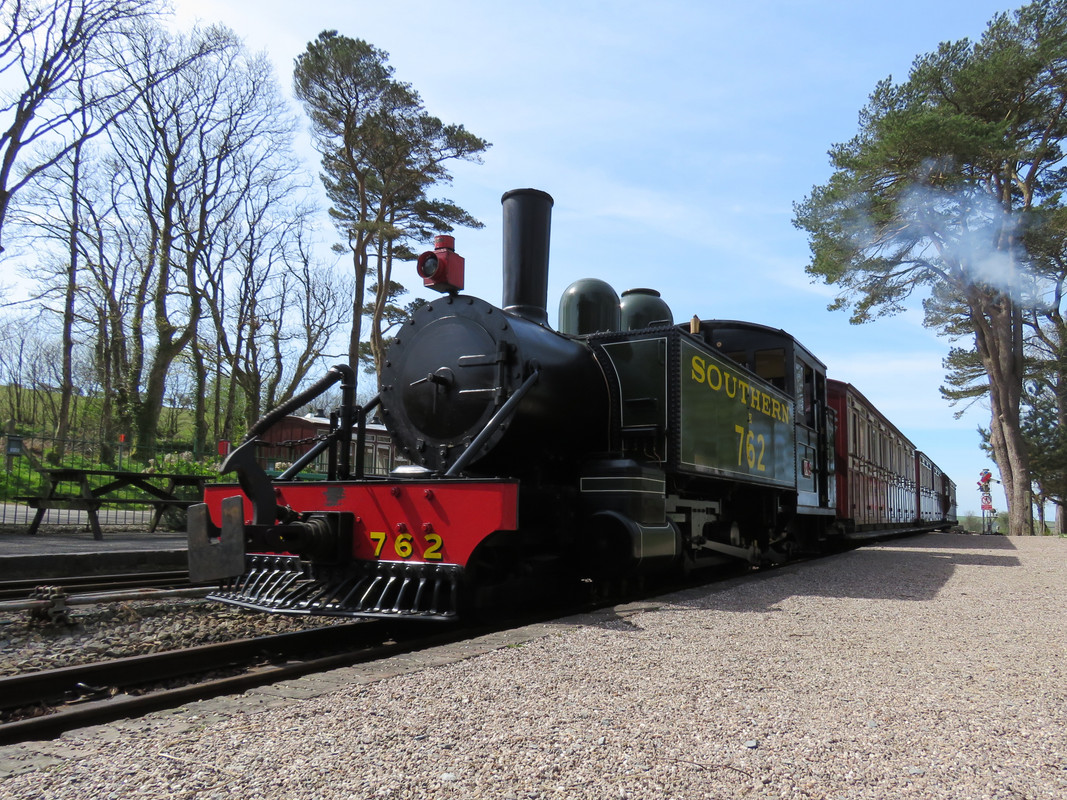


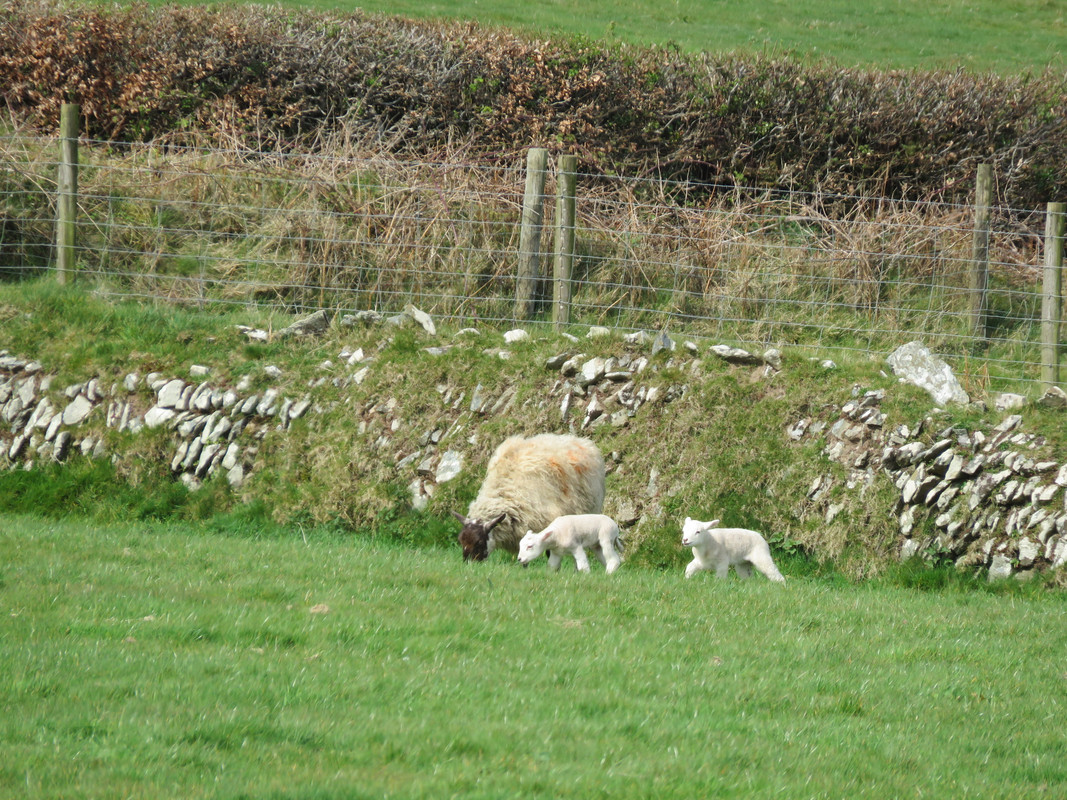
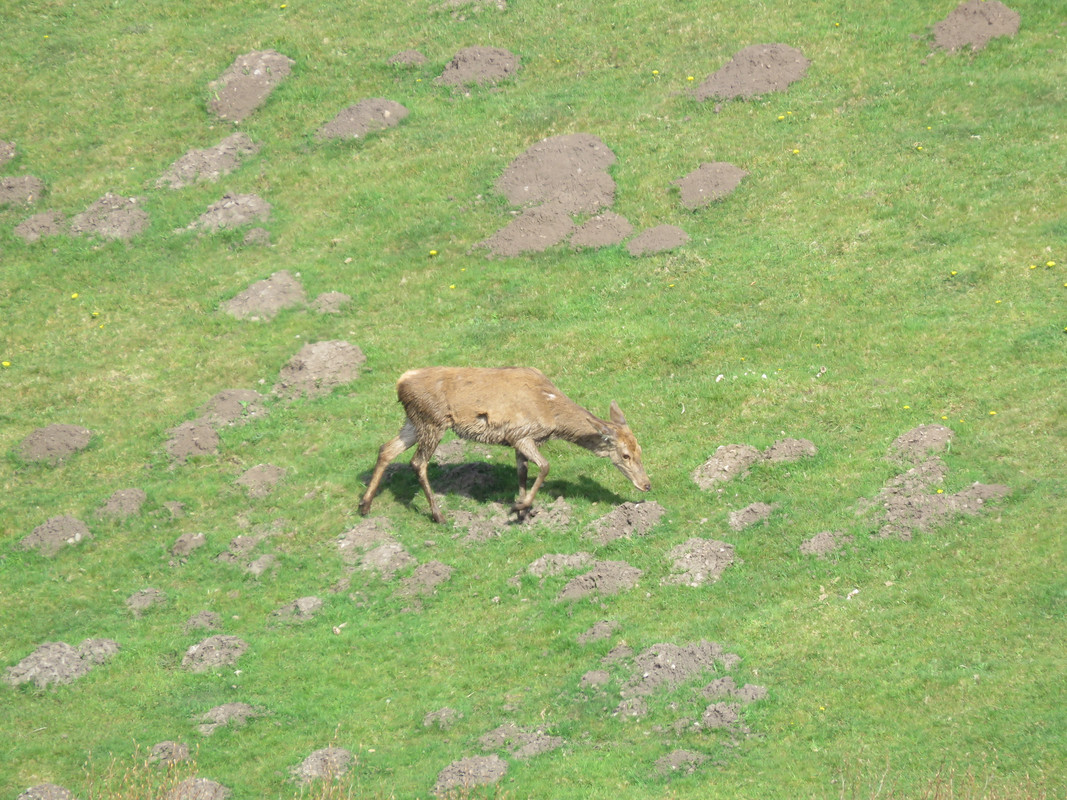
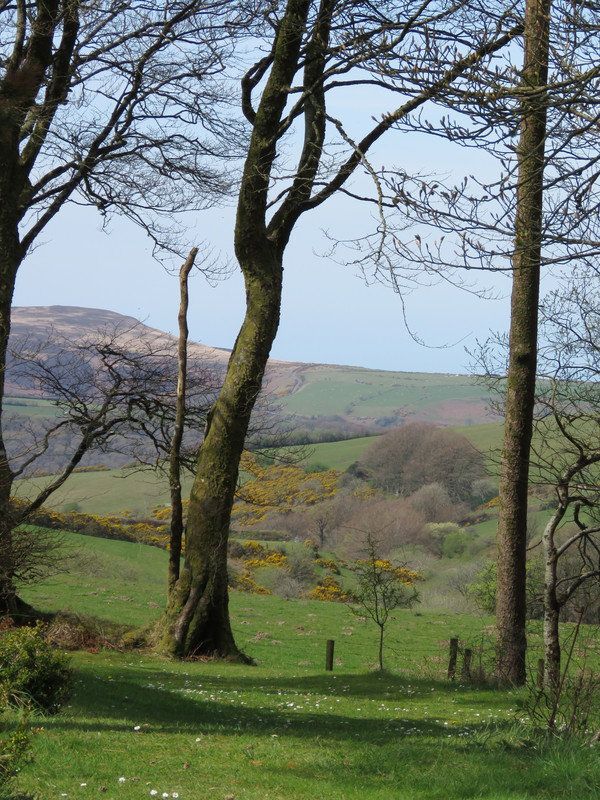


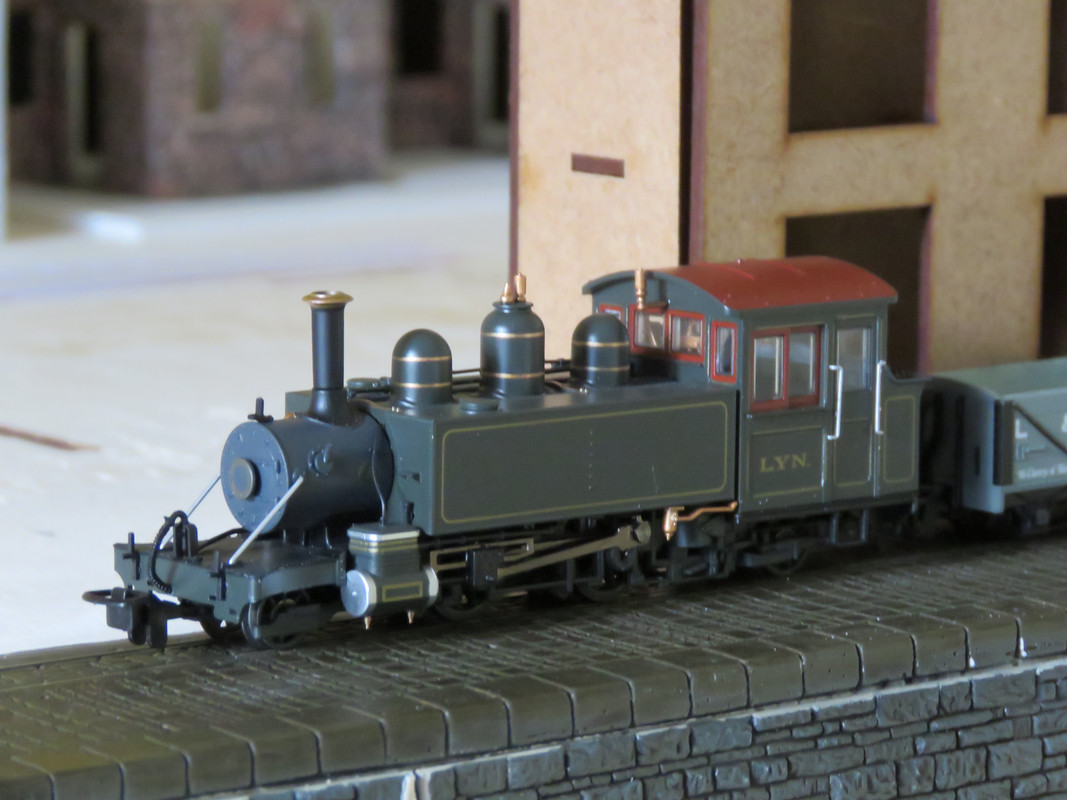

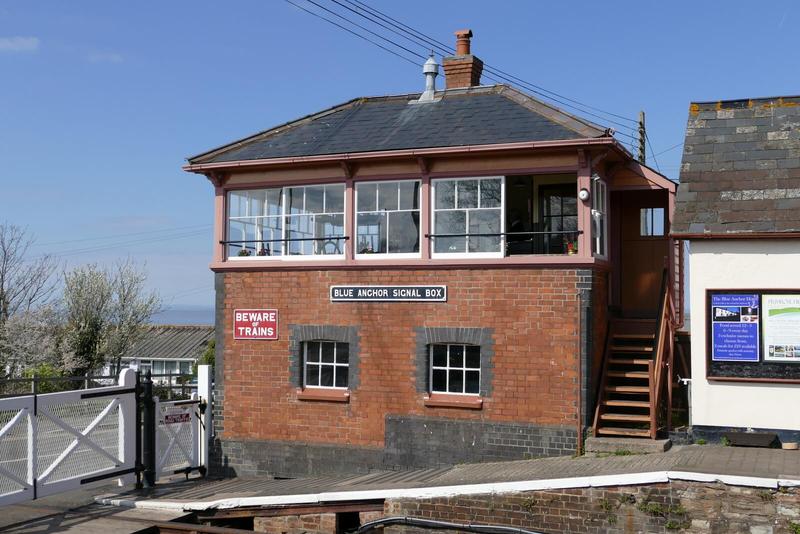
Mount Bellew, MGWR
in Irish Model Layouts
Posted
Agreed wholeheartedly on both counts!
Cheers,
Mark